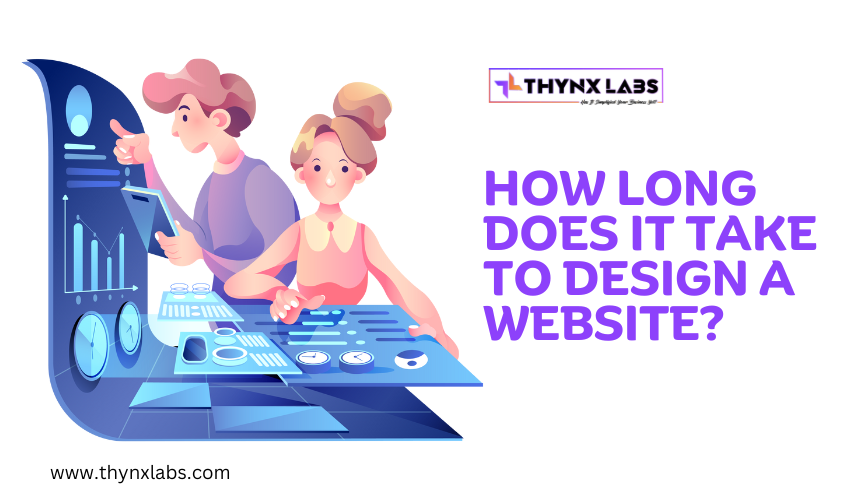The Most Important Elements of A Website Design
Introduction
In the digital era, a well-designed website is a vital asset for any business or organization. The design of a website plays a crucial role in attracting and retaining visitors, conveying information effectively, and driving conversions. This article explores the key elements of website design that are essential for creating an engaging and user-friendly online presence. By understanding these elements and incorporating them into the design process, businesses can create websites that effectively communicate their brand, provide a seamless user experience, and achieve their desired objectives.
1. Visual Design and Branding
Visual design and branding are integral components of website design. The overall look and feel of a website should reflect the brand identity, with consistent colors, typography, and imagery. A visually appealing design enhances user engagement and leaves a lasting impression. Additionally, the design should align with the target audience's preferences and expectations, creating a sense of familiarity and trust.
2. Navigation and User Experience
An intuitive and user-friendly navigation system is crucial for a successful website. Visitors should be able to easily find the information they are looking for without confusion or frustration. Clear and organized menus, well-structured content, and intuitive user flows contribute to a positive user experience. Additionally, the website should be responsive and optimized for various devices, ensuring a seamless experience across desktops, tablets, and mobile devices.
3. Content and Readability
Compelling and well-structured content is essential for engaging visitors and conveying the intended message effectively. The text should be concise, informative, and easy to read, with appropriate headings, subheadings, and paragraphs. The use of relevant visuals, such as images and videos, can enhance the overall content and improve user engagement. Additionally, the website's typography should be legible and visually pleasing, with appropriate font styles, sizes, and spacing.
4. Call-to-Action (CTA) and Conversion Elements
A website's design should include strategic placement of call-to-action (CTA) elements to guide visitors towards desired actions. Whether it's making a purchase, signing up for a newsletter, or contacting the business, CTAs should be prominently displayed and visually distinct. Effective use of colors, contrast, and design elements can draw attention to the CTAs, increasing the likelihood of conversions. Additionally, trust indicators, such as customer testimonials and security badges, can instill confidence and encourage conversions.
5. Loading Speed and Performance
In today's fast-paced digital landscape, users expect websites to load quickly. Slow loading times can lead to high bounce rates and a negative user experience. Optimizing images and multimedia content, minifying code, and utilizing caching techniques are crucial for improving website performance. Regular monitoring and optimization of loading speed are essential to ensure optimal user experience and search engine visibility.
6. Mobile Responsiveness
With the increasing use of mobile devices, having a mobile-responsive website is no longer optional. A mobile-friendly design ensures that the website adapts seamlessly to various screen sizes and resolutions. It should provide a consistent and optimized experience, including easy navigation, readable text, and touch-friendly interactions. Mobile responsiveness is also a critical factor in search engine rankings, as search engines prioritize mobile-friendly websites in mobile search results.
7. Search Engine Optimization (SEO)
An effective website design incorporates basic SEO principles to improve search engine visibility. This includes optimizing meta tags, headings, and URLs for relevant keywords, as well as ensuring proper site structure and navigation. Implementing an XML sitemap and using alt tags for images further enhance search engine crawlability. Well-optimized websites have a higher chance of ranking prominently in search engine results, driving organic traffic, and increasing online visibility.
Conclusion
Designing a successful website involves careful consideration of various elements. Visual design and branding, user experience, content, CTAs, loading speed, mobile responsiveness, and SEO all contribute to creating an effective and engaging online presence. By prioritizing these elements during the website design process, businesses can create websites that not only captivate visitors but also drive conversions and achieve their desired goals. Regular evaluation and optimization of these elements are crucial to ensure that the website remains up-to-date, user-friendly, and aligned with the evolving needs of the target audience.


